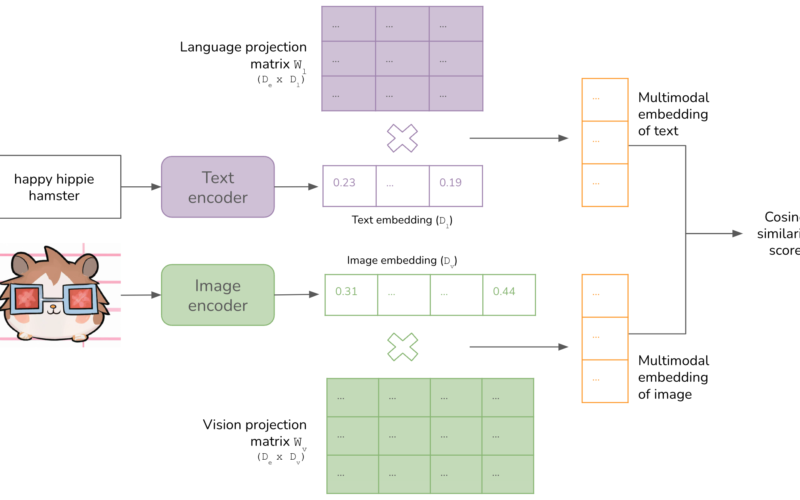Big data is changing the way fintech companies handle fraud detection and risk assessment. As the fintech landscape changes with time, the demand for robust security measures is more important than ever. Big data technologies are playing a significant role in this transformation. They empower fintech companies to analyze vast amounts of transactional data accurately. This capability helps identify patterns indicating fraudulent activity, improving risk management systems.
Moreover, big data analytics is driving innovation within the fintech sector and serving as a defensive tool. Using extensive datasets, fintech firms can create more personalized services. It helps them enhance customer engagement and ensure a more secure and trustworthy user environment. This proactive approach helps financial services quickly adapt to emerging risks in the digital age.
Understanding Risk Assessment in Fintech
Definition of risk assessment
Risk assessment is a key step in fintech. It helps companies identify and analyze threats affecting their operations and financial performance. It examines the potential factors that might harm the company’s ability to meet its objectives. This analysis is vital for establishing a strong and secure operational framework.
Types of risks
Fintech companies face various risks for their unique position at the intersection of finance and technology. These risks are typically classified into four main categories, including,
- Operational Risks: These include system failures or disruptions impacting service delivery and operational efficiency.
- Compliance Risks: Arising from regulation changes or failure to adhere to legal standards, posing legal and financial repercussions.
- Strategic Risks: Linked to shifts in market dynamics or suboptimal business decisions that could undermine the company’s objectives.
- Cybersecurity Risks: Critical in digital finance, these involve data breaches and cyber-attacks, requiring advanced security measures to protect sensitive information.
Fraud Detection Techniques
Common Fraud Scenarios in Fintech
Fintech platforms often encounter fraudulent activities that take advantage of their digital systems:
- Identity Theft: Fraudsters might use stolen personal information to access someone’s financial accounts or open new ones in their name.
- Phishing Attacks: Through misleading emails or websites, scammers confuse users into giving up confidential details like passwords or PIN numbers.
- Payment Fraud: Unauthorized use of payment methods such as credit cards and digital wallets to make illegal transactions.
- Account Takeover: Hackers or malicious actors gain entry to a user’s account, where they can make unauthorized changes or transactions.
Traditional Fraud Detection Methods
Fintech uses a variety of methods to detect and prevent fraud, safeguarding against different threats:
- Transaction Monitoring: Automated tools check each transaction for unusual patterns that don’t match normal user behavior.
- Authentication Checks: Techniques like multi-factor authentication and biometric checks ensure that the person accessing an account is who they claim to be.
- Data Analysis: Using data science to find patterns that suggest fraudulent activities by looking at new transactions and historical data.
- Manual Reviews: A human touch is added where analysts look at transactions flagged by machines to catch anything that might have been missed.
The Role of Big Data in Fintech
Definition and importance of big data in fintech
Big data in fintech encompasses vast information from digital transactions, user interactions, and banking activities. This data is vital as it provides deep insights into customer behaviors and market trends, enhancing decision-making and service customization. Financial technologies use big data to innovate, improve customer satisfaction, and stay competitive in a rapidly changing industry.
How does big data transform risk management and fraud detection?
Big data has revolutionized risk management and fraud detection within fintech by:
- Predicting Risks: Analyzing extensive datasets helps identify patterns in forecasting potential risks, allowing for pre-emptive measures.
- Detecting Fraud: Real-time data analysis can detect unusual transactions, address fraud, and minimize losses.
- Boosting Efficiency: The comprehensive insights from big data increase the precision of risk and fraud assessments, reducing guesswork and enhancing operational efficiency.
Big data empowers fintech firms to manage risks effectively and detect fraud quickly, ensuring better security and operational reliability.
Big Data-Driven Fraud Detection Techniques in Fintech
Big data is changing the way fintech companies spot and stop fraud. Using powerful tools like machine learning, data mining, and predictive analytics, these companies can quickly analyze massive data to find unusual patterns that might suggest fraud.
How It Works:
- Machine Learning Models: These systems learn from past data to recognize normal and fraudulent transactions. They can then spot potential fraud as it happens.
- Data Mining Techniques: This method digs through large datasets to find hidden patterns, helping to identify fraudulent behaviors based on historical trends.
- Predictive Analytics: This approach uses past data to predict future outcomes, such as the likelihood of a transaction being fraudulent.
Real-World Success Stories:
- PayPal: It uses machine learning to check each transaction against patterns of fraud identified in billions of past transactions. This helps them catch fraud in real time.
- ZestFinance: This company uses detailed analytics to understand better who might be a risky borrower, improving their ability to detect fraud and assess creditworthiness.
Challenges and Considerations in Using Big Data for Fraud Detection
Using big data for financial fraud detection brings several challenges and ethical considerations that companies need to manage carefully.
Challenges:
- Data Privacy: Keeping customer data safe is a huge responsibility. Fintech companies must protect sensitive information while analyzing large datasets to avoid breaches that could expose personal details.
- Accuracy: Big data tools must be precise in their analysis. If they incorrectly flag normal transactions as fraud (false positives), it can frustrate customers and affect their trust. Missing real fraud (false negatives) can lead to financial losses. Ensuring these tools are precise helps prevent such issues.
- Integration: Merging big data solutions with existing systems can be complex and costly. Ensuring these technologies work seamlessly with current operational frameworks is essential for smooth functionality.
The post Risk Assessment and Fraud Detection in Fintech with Big Data appeared first on Datafloq.
Source link
lol

